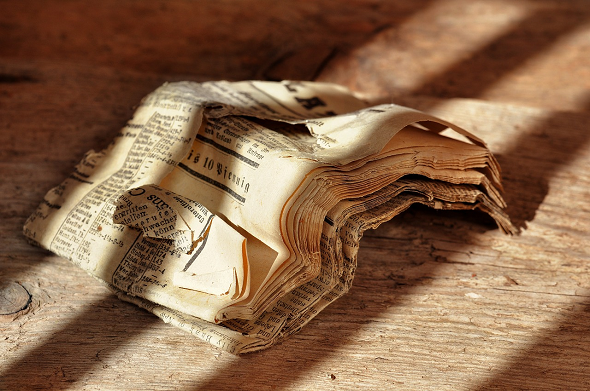Can a reader make more sense of these cryptograms? If so, please let me know.
Follow @KlausSchmeh
Further reading: The Top 50 unsolved encrypted messages: 38. The Sufi Fiddle mystery
Linkedin: https://www.linkedin.com/groups/13501820
Facebook: https://www.facebook.com/groups/763282653806483/
1 / 2



Kommentare (9)